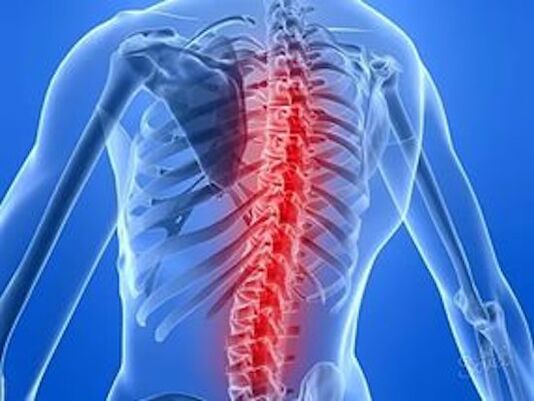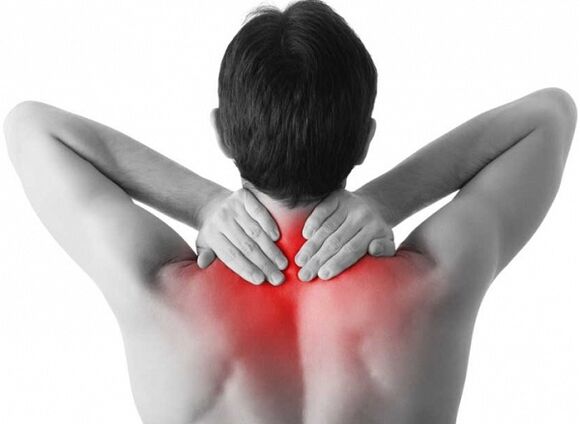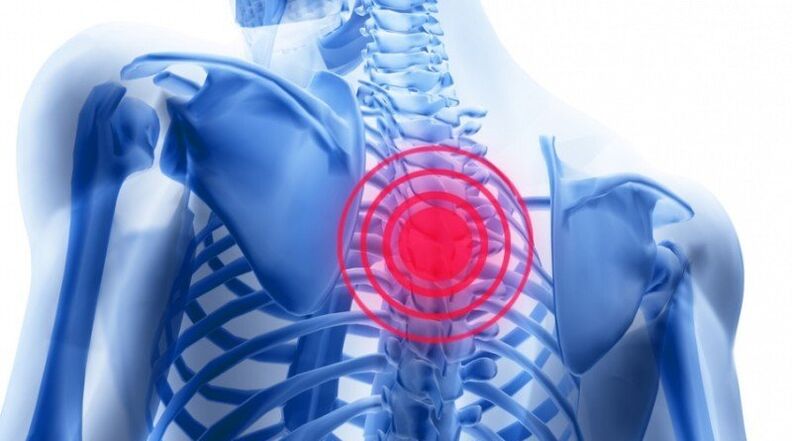Back pain affects more than 25% of the world population and more than 50% of people of working age. Unfortunately, evolution has not been concerned with ensuring that people over the age of 35-40 live comfortably. The biomechanical structure of the spine is such that the absence of back pain is not guaranteed, but a happy (and, unfortunately, temporary) coincidence. Especially now, when the body of an average office worker needs to sit at the computer for 8-12 consecutive hours. But we have been adapted by millions of years of evolution in the jungle to a completely different and much more active way of life!

Can back pain be treated on its own?
Unfortunately, not everyone is asking this very correct question. The answer is this: self-medication based on information from the Internet is extremely dangerous. This is a huge risk that can lead to disability. If we are talking about internal pains, such as back and spine pain, then, even more, there is no need to "diagnose" yourself and "prescribe" a treatment. The nerve endings of Organs internal organs are located differently from the skin surface. Inner pain is difficult to locate and sometimes it feels like one hurts, but in fact the reason lies in another. Let's say that back pain can be caused by gastrointestinal cancer. And the pain that another person can describe in a forum or in an article as very similar to yours can be caused by completely different reasons and require radically different treatment.
Yoram Anekstein, Tel Aviv Medical Center: "Very important advice: don't try to learn the names of spine diseases, understand their etiology, diagnosis, etc. Spondyloarthritis, scapular periatrosis, cervicobraquialgia - all of these terms are useless to you. There are dozens of thesediseases in medical university textbooks, and even with various clarifications and modifiers. You must know and remember the name of your diagnosis when it is delivered by a qualified doctor. But not before. "
Alarming symptoms
Unpleasant sensations occur more frequently in the cervical and lumbar spine, but chest pain is much less common. It is subject to less stress, so osteochondrosis, protrusion and herniated intervertebral disc do not affect it much. However, chest and chest pains can be caused by spinal problems.

Unpleasant sensations can occasionally occur, but are generally not dangerous. If it is a muscle pain (although it may not be like a pain in the arm muscles after hard work and it seems more intense), the cause is probably due to overexertion due to a long stay in a position or a very high load. If the pain subsides after a change in posture or a short walk and does not return, the problem is unlikely to be serious. Although it is necessary to deal with small problems, for example, change the usual postures, increase physical activity and do physical education. And only a doctor can establish the seriousness of the problem. If there is the slightest opportunity, then you should definitely go to the doctor: it is always much easier (and cheaper) to cure the disease in the early stages than in an advanced case.
What is really dangerous? Here is a list of "alarms", after the occurrence of one of which it is necessary to start diagnosis and treatment as soon as possible:
- the pain does not stop, the change in the position of the body does not help; pain is not relieved by rest; the pain worsens at night;
- numbness (decreased sensitivity) or decreased strength of the limbs occurs;
- there are problems with urination and defecation (for example, the feeling of emptying of the bladder is lost; urinary and fecal incontinence, or vice versa, delay; should not be confused with constipation);
- the temperature rises, although there are no other reasons that can explain this, for example, SARS;
- pain wakes up, interrupts sleep;
- complications after postponed malignant tumors (the status of limitations does not matter);
- unexplained weight loss;
- complications after using steroids for many years;
- complications after recent serious illnesses;
- complications after recent infectious diseases;
- loss of anal reflex;
- weakness in the hips and knees;
- neurological deficit;
- progressive spinal deformity;
- back pain that worsens at rest;
- chest pain (ACS - ECG);
- general malaise.
Note that you don't have to wait for everything to start together. If any of these symptoms occur, see your doctor immediately.
Yoram Anekstein, Tel Aviv Medical Center: "The question often arises: I made an appointment with a doctor, but my back has already stopped hurting. Should I go or not? Definitely go. "
Internet articles often try to describe what types of pain are characteristic of osteochondrosis and which are for sciatica, etc. This is a wrong approach, the reasons for which we have explained above. No matter what type of pain: left, right, in the coccyx, everywhere, shooting, lasting a few seconds or hours and days. All of these are symptoms that scream that qualified medical attention is needed.
Causes of back pain
The most common cause is nonspecific pain associated with muscle tension, excessive distension of tendons, ligaments and fascia.

Much less often, pain is associated with a herniated disc that affects the nerve root (~ 3% of cases).
Osteoporosis (including pathological fractures), infections (spondylodiscitis), tumors, tuberculosis, trauma and other rheumatological diseases cause pain much less frequently (about 1%).
Diseases of Organs internal organs can also cause back pain (pancreatic cancer, peptic ulcer, for example, or acute coronary syndrome).
Degenerative changes, called osteochondrosis, and consist of a complex of components (a decrease in the elasticity and resistance of the disc substance, a decrease in the height of the disc, protrusion, hernia, changes in the vertebral bodies (Modic I-III), ligaments (spondylosis), joints (spondyloarthrosis) of a direct relationship with pain and other clinical manifestations do not have.
It should be understood that the spondylitis and spondyloarthritis group alone includes more than 10 diseases with various causes, features of the course, symptoms, etc. The number of diseases in the back and spine in particular is very high. But from the descriptions above, you can understand that they are united by seriousness. Back pain cannot be ignored. Many of these diseases progress slowly, with long stages of remission. But at the same time, in each acute phase, the risk of complications (even a complete loss of mobility) increases.




























